Can You Change BMW Brakes Yourself: Expert Tips & Tricks
Yes, you can change BMW brakes yourself with the right tools and knowledge. Changing the brakes on your BMW can be a DIY project if you have the necessary tools and expertise.
It can save you money and give you a sense of accomplishment. However, it’s important to note that changing brakes requires technical skill and knowledge of the braking system. Before attempting to do it yourself, make sure you have the proper tools, including a jack, lug wrench, and brake piston tool.
Additionally, familiarize yourself with the process by referring to the car’s manual or watching instructional videos. If you are confident in your abilities and have the necessary tools, you can successfully change your BMW brakes.
Essential Tools And Materials
When it comes to maintaining your BMW, being able to change the brakes yourself can save you time and money. Not only is it a rewarding and empowering task, but it also allows you to have full control over the quality and performance of your braking system. However, before getting started, it’s important to have the right tools and materials at your disposal. In this article, we’ll dive into the must-have tools for changing BMW brakes and the materials you’ll need for the job.
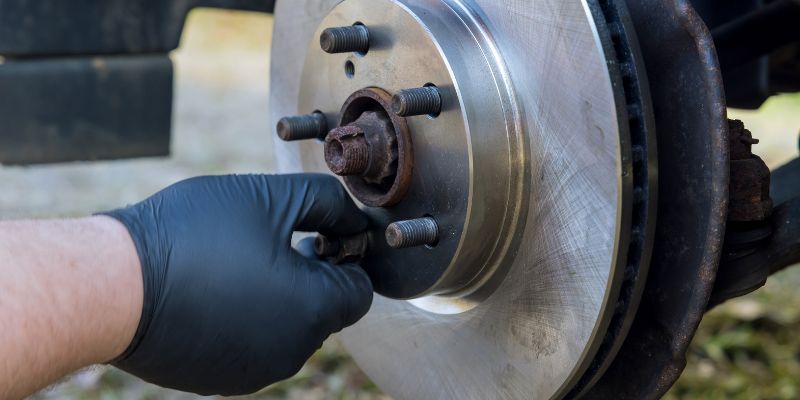
Must-have Tools For Changing Bmw Brakes
Changing your BMW brakes requires a few essential tools to ensure a successful and efficient process. Here are the must-have tools you’ll need:
| Tool | Description |
|---|---|
| Jack and Jack Stands | A sturdy jack and a set of jack stands are crucial for safely elevating your vehicle off the ground, providing the necessary clearance to remove the wheels and access the brake components. |
| Torque Wrench | A torque wrench is used to tighten the lug nuts and ensure they are properly secured. This tool allows you to apply the correct amount of force, preventing over or under tightening, which can lead to brake rotor damage. |
| Brake Caliper Tool | The brake caliper tool is used to retract the caliper piston, allowing for easy installation of new brake pads. This tool is essential for compressing the piston without damaging it or the surrounding components. |
| Socket Set | A comprehensive socket set with various sizes is necessary for removing and installing the brake caliper bolts, lug nuts, and other fasteners. Having the right socket size ensures a secure fit and prevents damage to the bolts. |
| Brake Bleeder Kit | A brake bleeder kit is used to remove air bubbles from the brake lines, ensuring proper brake system performance. This tool allows you to bleed the brakes effectively and maintain optimal braking efficiency. |
Materials You’ll Need For The Job
In addition to the tools, you’ll also need specific materials to complete the brake replacement job. Here are the materials you’ll need:
- Brake Pads: Make sure to choose high-quality brake pads that are compatible with your BMW model. Opt for OEM (Original Equipment Manufacturer) or reputable aftermarket brands.
- Brake Rotors: If your rotors are worn or damaged, it’s recommended to replace them together with the brake pads. Match the rotor specifications with your BMW’s requirements.
- Brake Grease: Applying brake grease to the brake pad backing plates and contact points is essential for preventing noise and ensuring smooth operation. Use a high-temperature brake grease for optimal performance.
- Brake Fluid: It’s important to have brake fluid on hand to top up or replace any fluid lost during the brake bleeding process. Choose a brake fluid that meets the specifications outlined in your BMW owner’s manual.
- Clean Cloth or Towels: Having clean cloth or towels to wipe off brake dust, dirt, and grease not only keeps the workspace tidy but also prevents contamination of the new brake components.
- Protective Gloves: To protect your hands from brake dust, chemicals, and sharp edges, wear a pair of sturdy protective gloves throughout the brake replacement process.
With these essential tools and materials, you’ll be well-equipped to confidently change the brakes on your BMW. Remember to refer to your vehicle’s specific repair manual and take necessary safety precautions to ensure a successful brake replacement. By taking matters into your own hands, you can enjoy the satisfaction of a job well done while maintaining the performance and safety of your BMW’s braking system.
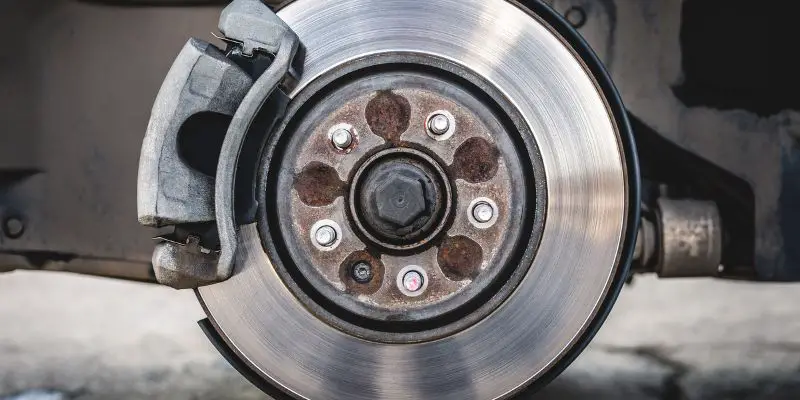
Step-by-step Guide
Changing the brakes on your BMW might seem like a daunting task, but with the right knowledge and tools, it can be a rewarding DIY project. Not only will you save money on labor costs, but you’ll also have the satisfaction of knowing that you’ve taken care of an essential aspect of your car’s safety. In this step-by-step guide, we’ll walk you through the process of replacing your BMW brakes, from preparing your vehicle to performing necessary post-installation checks.
Preparing Your Bmw For Brake Replacement
Before diving into the brake replacement process, it’s crucial to prepare your BMW to ensure a smooth and successful installation. Here are the steps to take:
- Begin by choosing a suitable location to work on your car. Ideally, this should be a well-lit area with enough space to maneuver around the vehicle.
- Gather the necessary tools and materials, which may include a jack, jack stands, a lug wrench, a brake caliper tool, new brake pads, and brake fluid.
- Securely park your BMW on a level surface and engage the parking brake. Chock the wheels opposite the one you’ll be working on for added safety.
- Locate the brake calipers and identify the type of brake system your BMW has. This will help you determine the specific steps involved in the replacement process.
Removing The Old Brake Components
Now that your BMW is prepared, it’s time to remove the old brake components. Follow these steps:
- Loosen the lug nuts on the wheel you’ll be working on using a lug wrench, but do not remove them completely at this stage.
- Use a jack to lift your BMW off the ground, then secure it with jack stands for added stability.
- With the wheel lifted, fully remove the lug nuts and take off the wheel.
- Locate the brake caliper – it may be held in place by bolts or pins. Use the appropriate tool to remove these fasteners and carefully detach the caliper from the rotor.
- Once the caliper is removed, remove the old brake pads from the caliper bracket. Pay attention to how they are positioned for the correct installation of the new pads.
Installing The New Brake Components
With the old components out of the way, it’s time to install the new brake components. Follow these steps:
- Before installing the new brake pads, it’s a good practice to clean the caliper bracket and rotor to remove any dirt or debris.
- Place the new brake pads into the caliper bracket, ensuring they match the positioning of the old pads.
- Reattach the caliper to the rotor, using the bolts or pins you removed earlier. Make sure the caliper is aligned properly and tightened securely.
- Slide the wheel back onto the wheel hub and hand-tighten the lug nuts before lowering your BMW back to the ground.
- Tighten the lug nuts in a crisscross pattern using a lug wrench or a torque wrench to ensure even pressure.
Performing The Necessary Post-installation Checks
With the new brake components installed, it’s essential to perform checks to ensure everything is in proper working order. Follow these steps:
- Pump the brake pedal a few times to restore pressure in the brake system.
- Check the brake fluid level and top it up if needed, following your vehicle’s manufacturer guidelines.
- Start your BMW and visually inspect each brake component for any leaks or abnormalities.
- Take your car for a test drive in a safe area, gradually applying the brakes to ensure they engage smoothly and effectively.
By following this step-by-step guide, you can change the brakes on your BMW with confidence. Remember to consult your vehicle’s manual and take all necessary safety precautions throughout the process. Happy wrenching!
Conclusion
Changing the brakes on your BMW may seem daunting, but with the right tools and knowledge, you can tackle it yourself. By following the steps outlined in this blog post and taking proper safety precautions, you’ll save money on mechanic fees and gain the satisfaction of completing the task on your own.
Remember to refer to your car’s manual for specific instructions and reach out to professionals if needed. Happy DIYing!

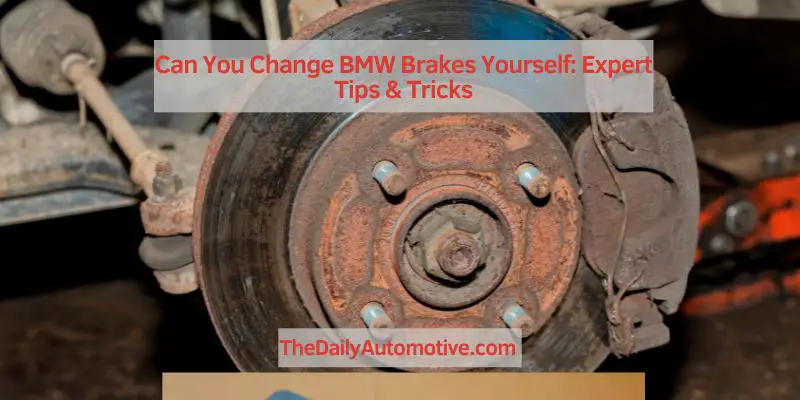
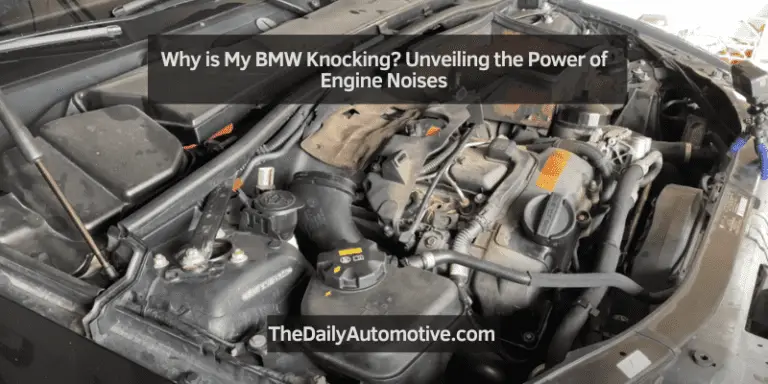
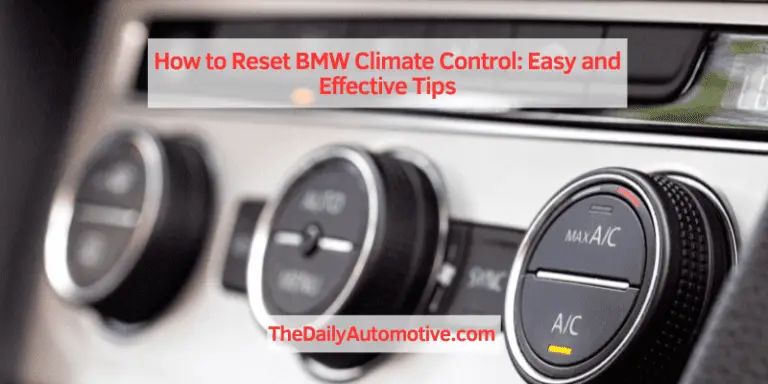
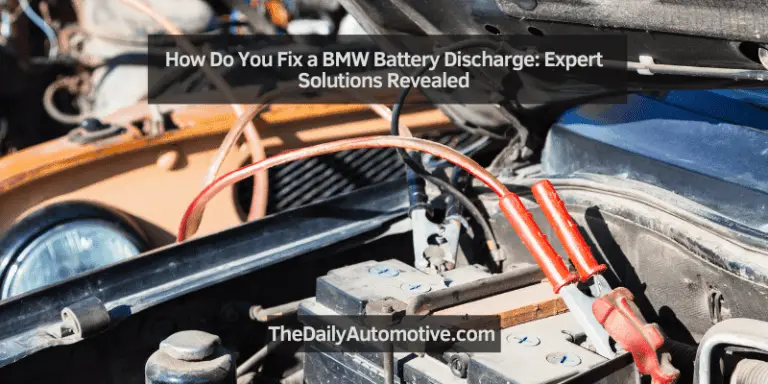




One Comment